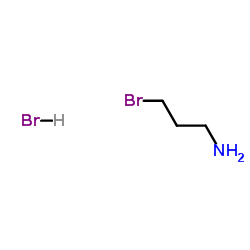| Structure | Name/CAS No. | Articles |
|---|---|---|
 |
sodium chloride
CAS:7647-14-5 |
|
 |
Isoflurane
CAS:26675-46-7 |
|
 |
SODIUM CHLORIDE-35 CL
CAS:20510-55-8 |
|
 |
3-Bromopropylamine hydrobromide
CAS:5003-71-4 |